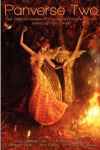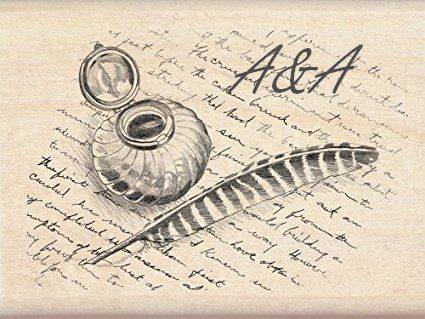One Dwarf Short
Published by Byrnes Woder
A “Sam Spade” sort of diviner gets a she-dwarf for a client who, for starters, puffs a mage-lit pipe and, blows “a smoke ring so dense it fell from her mouth to the floor and rolled into a corner where it collapsed into ash.” And you’ll not believe what she hands the diviner to use to find her betrothed. (Hint, it involves very unwashed body parts best left unmentioned.) She pays him in advance with a rather large and valuable gem. Most of the rest of the book is about the troubles money can land a person into, especially if they succumb to drink.
Yes, it’s that kind of story. Imagine ten pages describing the walk from the diviner’s office to the pub, in an atmosphere that made this reviewer think of Ahnk-Morpork, only with less class. Seedy characters. Greedy characters. Drunks and gambling and ladies of the evening. “One Dwarf Short” is to Discworld the way “Dogs Playing Poker” compares to “The Night Watch” by Rembrandt.
Not that there’s anything wrong with “Dogs Playing Poker,” if that’s what you’re in the mood for.
 The Fecund’s Melancholy Daughter by Brent Hayward
The Fecund’s Melancholy Daughter by Brent Hayward
ChiZine Publications.
This is not the sort of book I would normally read. But for those of you who like their very fantasy dark, yet filled with beautiful writing, I give you The Fecund’s Melancholy Daughter.
Forever ajar, hinges crusted with buboes of rust, wood gone soft and black and pulpy, the door was a swollen affair. Dank vegetation from inside the cell spilled out through the narrow opening and, in many places, through the rotten wood itself, to die there, in the unlit corridor.
It’s full of the sort of moody melancholy that accompanies stories of moral rot and dessication, where despair is echoed by a sky that never clears and a sun that is a fable, never seen. The untouchable kholics and the red-blooded hemes of the city of Nowy Solum, and their the old gods–actually human-derived starship brains driven mad by the transition to metal bodies–are about to clash and change the world. This is a science fiction tale told mostly as fable. Once a high tech world falls, what is tech? If any sufficiently advanced technology is indistinguishable from magic, then perhaps the fall of such a civilization’s ashes can be told as a fable of gods, fading into legends that the human heart often falls for.
The entire book is a fever dream of a corrupt society on the very brink of a needed collapse that never quite comes. The “gods” come instead, fight their petty wars, and leave things more broken than they found them. Except…now there is a break in the clouds, clouds that were a byproduct of of their madness.
Panverse Two, edited by Dano Ciriello – Panverse Publishing
This all-novella collection is a sterling addition to the Panverse universe.
It starts with “A Clash of Eagles.” Honestly, I’m not a fan of alternative histories, as I have enough trouble keeping actual history strait. I am, however, an unabashed fan of Alan Smale. (Full disclosure: we published his “Quartet, With Mermaids” early in his rise in the SF&F field, and were thrilled to also publish his subversive artist/space habitat story, “High Art.”) Smale’s idea of having Roman legions visit America was original enough, but to have them reach far enough inland to meet (and do battle) with Native American mound-builder culture was a truly shiny idea. It was not exactly wasted on me but I was not his target audience. If you like alternative histories, though, you’ll love this story.
“To Love the Difficult,” by Amy Sterling Casil, is a most unusual post-apocalyptic story, where nanocomputers and German poetry work side-by-side to build humanity’s possible rise from the ashes. We follow our Rip Van Winkle protagonist through his discovery of a very different world than the one he fell asleep in; we slowly discover who he was, what happened to the world, how he survived – and who his neighbors really are. It’s a story of loneliness and trust, with an internal plot line far richer than the fascinating external one.
“Snow Comes to Hawke’s Folly” is a richly multi-layered sequel to J. Kathleen Cheney’s Nebula-nominated story, “Iron Shoes.” This story has it all: a marvelously crafted plot, richly-drawn characters, well-researched 1800’s details resulting in a real sense of time and place, and the connections of family, myth and history that all add up to more than they seem. It’s another mystery, and it fleshes out her world in a wonderful way. I can easily see Cheney writing more in this world and selling a compilation of her Imogene stories to her eager fans



